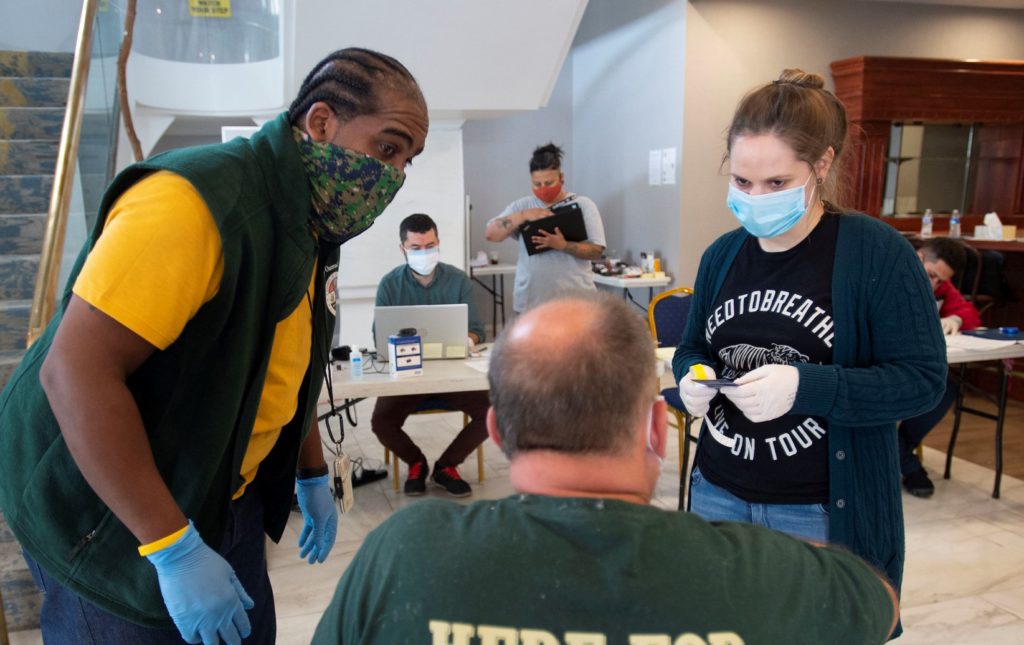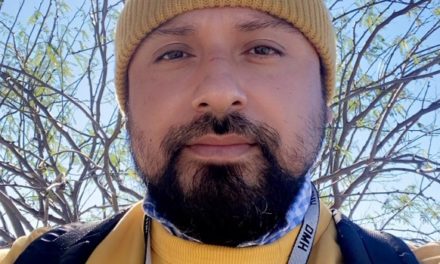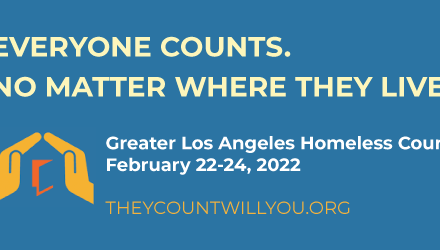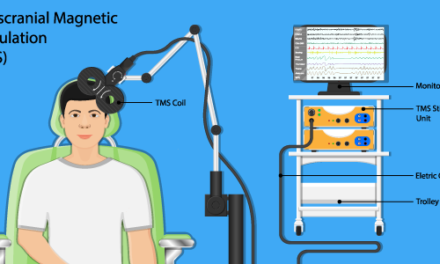by H. Chung So, Public Information Officer
Estimates show that approximately 26% of people experiencing homelessness in Los Angeles County have a diagnosed mental illness. With the largest population of unsheltered homeless people in the country located in our communities, LACDMH plays a pivotal role in assisting the most vulnerable unhoused individuals, and is making strides with our Homeless Outreach and Mobile Engagement (HOME) program. LACDMH HOME program was established to help people experiencing homelessness and persistent mental illness and support their journey to wellbeing, recovery, and connection with their communities.
The multidisciplinary group includes community health workers, registered nurses, psychiatrists, medical case workers, psychiatric technicians, and other clinical and administrative professionals who do “relentless outreach” to engage and help clients.
In 2021, HOME has helped over 2,100 clients and provided over 19,000 client-days of community outreach, mental health and medication support, crisis intervention, and targeted case management services.
“Our teams are out there day after day to help our hardest to reach individuals, including many who don’t think they need help,” said Aubree Lovelace, MFT, HOME program manager.
To help clients become amenable to receiving help, Lovelace said that HOME staff work relentlessly to build and sustain trust. This includes regular – often daily – check-ins, bringing them basic supplies, and collaborating with community partners to organize engagement efforts. For example, staff may partner with a meal service and do outreach while food is being distributed.
Once that trust has been established, staff will work collaboratively with clients to connect them to mental health and supportive services, apply for available benefits, assist them with housing placements, and help them stay sheltered as they continue to work on their healing and recovery.
While this strategy is successful for many clients, for those who are considered “gravely disabled” (unable to tend to their personal daily needs of food, clothing, or shelter) and refusing voluntary services, HOME staff may also pursue a short-term outpatient conservatorship. This involves placing the client on a temporary psychiatric hold to provide the critical treatments deemed necessary for the person’s health and safety while working closely with the Public Guardian office to determine whether a longer-term conservatorship arrangement is needed.
This intervention, which launched as a pilot program in June 2020, has become an important component of the HOME team’s strategy to help unsheltered individuals who would otherwise suffer and possibly perish.
“It has increased our staff’s ability to make change and save lives whereas before we would watch people pass away on the streets because we were limited in what we were able to do,” said Lovelace, noting that the ultimate goal of outpatient conservatorship is to help get clients the necessary mental health care in the appropriate setting.
To request HOME and other services for individuals experiencing homelessness, Lovelace said L.A. County community members can use the Los Angeles County Homeless Outreach Portal (LA-HOP), which is used by LACDMH and other agencies to coordinate outreach and engagement services to referred individuals.
Once the LA-HOP request has been made, Lovelace advises referrers to be patient, as it can take time and effort to build rapport with newly referred clients and get them to accept services and housing.
“It takes a lot of people and collaboration to serve this community,” Lovelace said. “And I commend the HOME team for all the work they do every day on-site and out in the field especially throughout the pandemic.”
To learn more about our HOME Program, check out this flyer and fact sheet.




